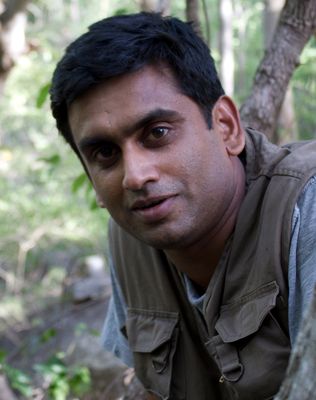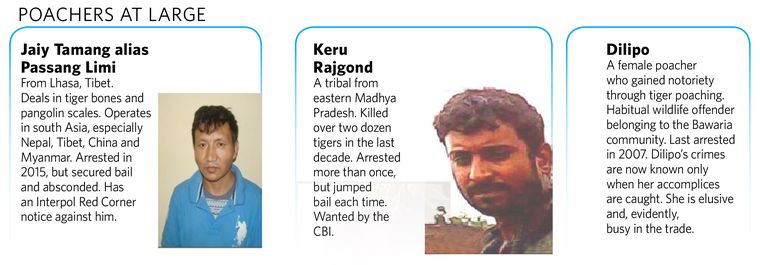Hey, check your WhatsApp! I have sent photos of some snakes for identification… cops caught ‘em at a checkpost near Jorhat,” read a message from an animal rights activist and journalist from Guwahati. Two unlucky boa constrictors, two sorry looking turtles; “is that a pair of albino African pythons?” I thought to myself, as I scrolled through the images. But one image had me jump up in bed—the unmistakeable pattern of dorsal scales and tiny horns on a large triangular head. The deadly gaboon pit viper was far away from its native home in the rainforests and savannas of sub-Saharan Africa. My immediate reaction was to warn the authorities handling the consignment. The gaboon viper can inject fatal toxins in just one bite, and since this is an exotic species, there is no antidote available in India. This huge consignment of gaboon vipers, African pythons, marmosets, turtles, and 13 unidentified exotic snakes was bound for the exotic ‘pet shops’ of Delhi, via Assam.
Are people on a suicide spree? Are dogs and hamsters no longer cute enough? To my utter disbelief, an informant in the pet trade confirmed my worst fears. The rich and flamboyant in India are demanding exotic species as pets—ranging from African black mambas to American rattlesnakes and adorable Australian sugar gliders. This highly educated and socially influential gentry is willing to go against the laws and ethical constraints just to impress each other or to simply fulfil a whim.
Earlier, we used to deal with tiger poachers who employed poaching practices of a bygone era. Now we are up against the highly educated, well-travelled, English speaking, next-gen wildlife smuggler, who is well-versed with forensics and crime management. Their dealings are often untraceable. The challenge is big, and currently we are only trying to understand it. The network of wildlife crime, like any other crime syndicate, is well organised and well hidden. It relies on pawns and mules, completely unaware of each other’s roles, to move goods. If one of them gets caught, they have little information to share and can be replaced
easily.
A former trader told us how he had operated: “We used to send tortoises to Bangkok and imported fishes in exchange. There was no money involved. When I would meet the trader, he ensured that my expenses were taken care of. The profit from the fish business sustained us well enough till the next operation. We all were minting money.” These innovative methods are routinely employed to ensure there is no money trail.
In sharp contrast, traditional tribal poachers ensure there is no digital trail. They are mindful of the fact that a cell phone could cost a gang member’s life. They deploy age-old signals and depend on one-to-one meetings or messengers. Yet, their network is efficient and synchronised to precision. Enforcement agencies are struggling to keep pace with these extreme ends of the global crime network, and has resorted to forensics and undercover operations to gather intel.
An attempt by one of our team members to infiltrate a suspected WhatsApp group of traders hit a manual firewall. We failed to clear three levels of scrutiny—(a) the new member must be vouched by at least two existing members, (b) a live video chat and (c) examination of the Facebook profile of the new member. This level of professionalism is no less than the HR policies of an established multinational company, except that any compromise on it may be a matter of life and death.
The key to stop this trade is no longer limited to effective enforcement. Till there is no curb on demand for these wild animals, the trade will continue to flourish. The onus is on us to ensure these exotic wild animals thrive in their natural habitats and are not reduced to a status symbol or an object of entertainment. When the demand stops, the supply stops, and once the chain is broken, the network will collapse.
Jose Louies is head of south Indian projects, Wildlife Trust of India.



